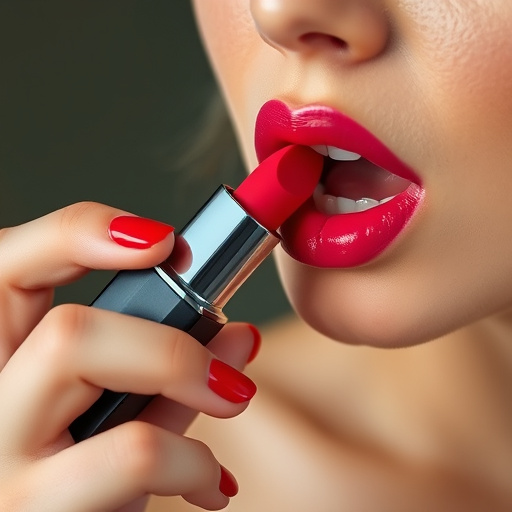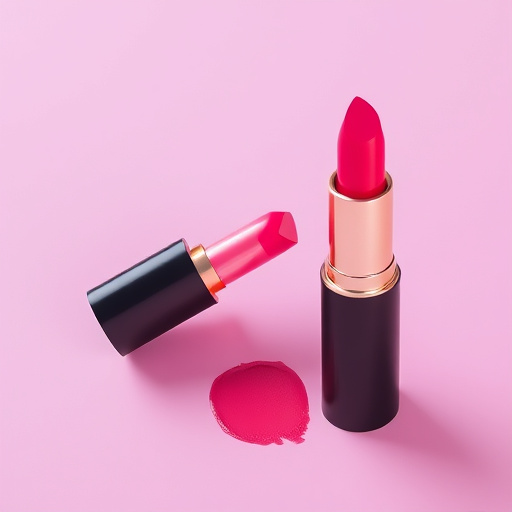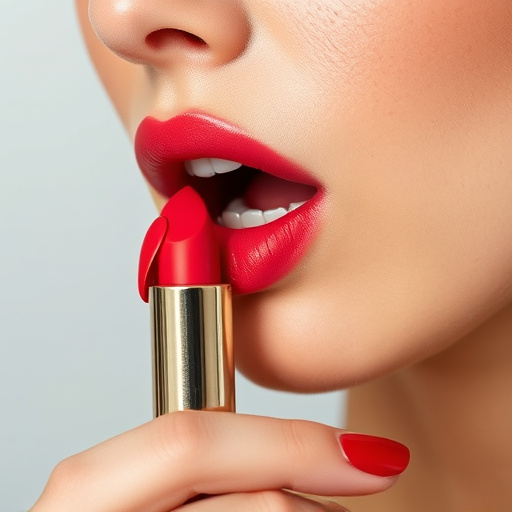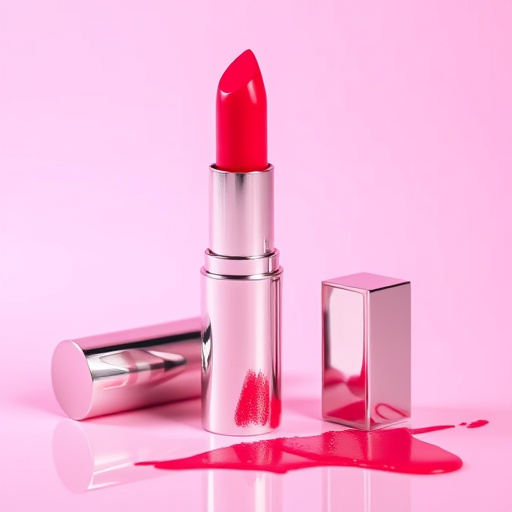Lipstick tasers, though appealingly disguised as compact accessories, are powerful non-lethal weapons subject to stringent legal regulations due to their potential for personal protection. Legality varies greatly across U.S. states, with some permitting open carry under specific conditions and others classifying them as weapons with strict age limits and licensing requirements. Prospective buyers must familiarize themselves with local laws governing lipstick tasers to ensure legal compliance and effective self-defense capability. Misconceptions about stun gun legality often lead to overlooking unique device-specific restrictions, emphasizing the importance of staying informed for responsible ownership.
“Uncovering the legal landscape of stun guns, specifically the ‘lipstick taser’, this article provides a comprehensive guide. With varying state regulations, understanding the legal restrictions is crucial for responsible ownership. We’ll navigate through each state’s rules and break down common misconceptions. From hidden carry laws to specific use cases, this detailed overview ensures you’re informed. Discover the exceptions and know your rights when it comes to these compact self-defense devices.”
- Understanding Lipstick Taser Laws: A Brief Overview
- State-by-State Legal Restrictions and Regulations
- Exploring Exceptions and Common Misconceptions
Understanding Lipstick Taser Laws: A Brief Overview

The term “lipstick taser” has become a catchy phrase, but it’s essential to understand that these compact, easily concealed devices are more than just fashion accessories. They refer to stun guns designed to fit in a purse or pocket, often resembling lipstick cases, making them a popular choice for personal protection. However, their accessibility and unique design have sparked varied legal restrictions across different states.
Lipstick tasers, despite their seemingly innocuous appearance, are subject to strict regulations due to their classification as non-lethal weapons. Many states have implemented laws that either fully prohibit or place significant restrictions on the possession and use of stun devices, including those marketed as lipstick tasers. Understanding these laws is crucial for individuals considering purchasing such self-defense tools to ensure compliance with local legislation.
State-by-State Legal Restrictions and Regulations

In the United States, the legal status and restrictions surrounding stun guns, or lipsticks tasers as they’re sometimes known due to their compact design resembling a cosmetic applicator, vary significantly from state to state. Understanding these restrictions is crucial for anyone considering carrying a stun device for self-defense. Some states have very lenient regulations, allowing open carry with minimal permits, while others have stringent rules, classifying stun guns as weapons and imposing strict age limits or requiring specific types of licenses.
Navigating these laws can be challenging, especially since the legal definitions and restrictions evolve over time. For instance, some states may differentiate between stun guns and other electronic control devices (ECDs), leading to varying requirements for possession, carry, and use. As with any self-defense tool, it’s essential to familiarize yourself with local legislation before considering acquiring a lipstick taser. This proactive approach ensures you remain compliant and can effectively protect yourself if the need arises.
Exploring Exceptions and Common Misconceptions

Many people mistakenly believe that all stun guns are prohibited across the board, but in reality, there are often notable exceptions and varying levels of restriction based on state laws. One intriguing example is the “lipstick taser,” a compact and discreet stun device designed to resemble a lipstick tube, which has gained popularity for its convenience and ease of carrying. Despite its unassuming appearance, it’s crucial to understand that these devices are still subject to legal scrutiny, with some states allowing them under specific conditions while others ban them entirely.
Exploring the legal landscape of stun guns, including lipsticks tasers, reveals a complex web of regulations. Common misconceptions include assuming that if a state allows stun guns in general, any type is permissible. However, individual device types may have unique legal classifications and restrictions. For instance, some states might permit stun guns for personal protection but have stricter regulations on their visibility or power output, while others may ban them entirely within certain public spaces. Staying informed about these nuances is essential for those considering carrying a stun gun for self-defense.
The legal landscape surrounding lipstick tasers, or stun guns, varies greatly across states in the US. While these non-lethal self-defense devices offer a compact and discreet option for personal safety, understanding state-specific restrictions is crucial before making a purchase. This article has provided a concise overview of the “lipstick taser laws,” explored common misconceptions, and detailed exceptions, enabling individuals to navigate the regulations more effectively. By staying informed about these legal nuances, users can ensure they remain compliant while benefiting from the enhanced security that lipstick tasers provide.
